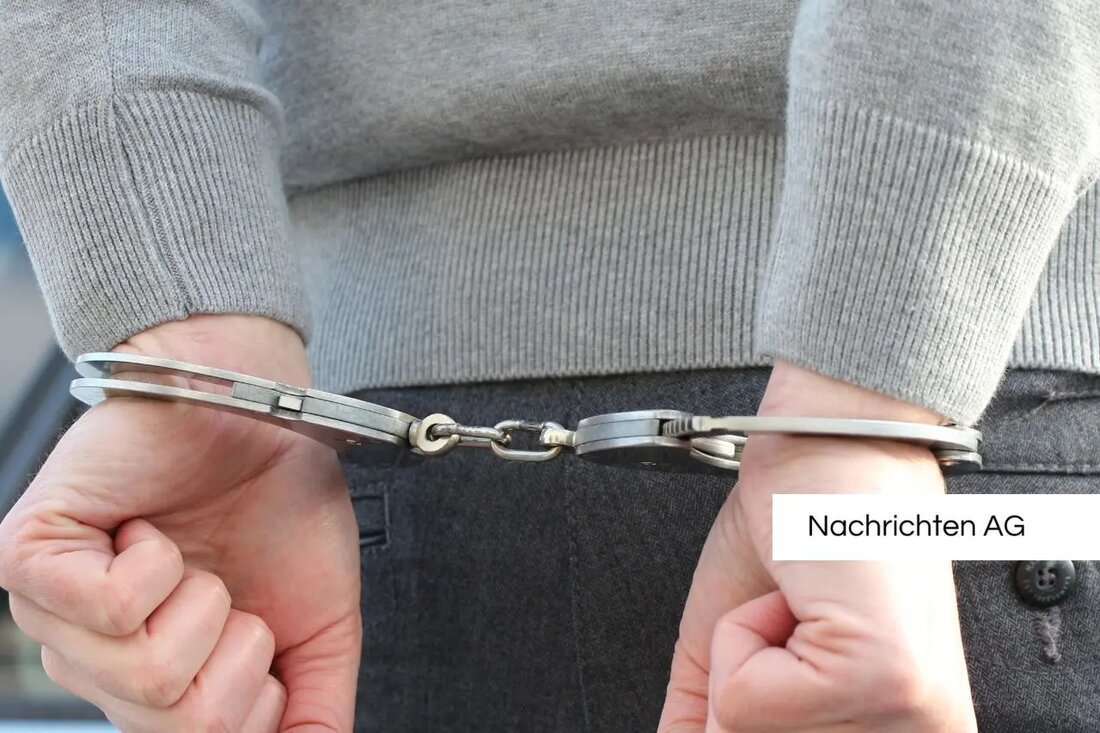Time travel into the youth life of the GDR: exhibition reveals secrets!
Time travel into the youth life of the GDR: exhibition reveals secrets!
On February 14, 2025, the exhibition 'Education goal: Socialist personality' will open in the Neandertal vocational college. This event aims to bring young people closer to the time of the GDR and to illustrate their complex reality. The lessons take place in historical places and is supplemented by conversations with contemporary witnesses. The particularly formative role of education in the GDR is discussed, which aimed to integrate children and adolescents into a collectivist system at an early stage. As daily , the education for socialist personality included rituals, uniforms and drill, while rewards in the form of commendations, ores or even increased positions were given.
The pressure on children who did not fit into the system was immense. He was exercised by the school, the circle of friends and leisure activities. In many cases, classmates were encouraged to spy on their classmates while parents were confronted if their children did not meet the norms. In many cases, this educational environment led to a feeling of exclusion what a student addressed individually during a lesson during the exhibition.
The challenges of the GDR youth
The exhibition also deals with other elements of life in the GDR, such as youth, school, leisure, the economic system and state security. In order to give an authentic insight, archives, everyday objects and personal photographs are exhibited. Contemporary witness interviews deepen the impressions and enable visitors to travel through different life stages.
A remarkable digression on the socialist youth culture is explained by the explanations of the ZeitzeugenbüroS . This shows that over the years the gap between the socialist propaganda and the reality of life of young people grew. Many actively searched for freedom and expressed their displeasure with state paternalism through alternative forms of expression, such as beat music that became an important cultural phenomenon.
This style of music, which originally came from England and the USA, was also well received in the GDR, despite massive countermeasures by the Ministry of State Security (MfS), which reacted with prohibitions of bands and school references. More than 250 beat fans were arrested in 1965, which led to a withdrawal from public space. Young people then joined conspiratorial groups in order to continue to live out their musical preferences.
resistance and cultural developments
The range of forms of expression in the GDR was not limited to music. The Federal Center for Political Education documents that young people also showed reactions to state specifications in other cultural aspects. The rock’n’roll quickly became popular, but also represented a major challenge for the GDR culture policy. Despite all the ideological resistance, the young people managed to identify with global youth cultures.
With regard to the political influence of the SED on the youth, it should be emphasized that the generation of buildings, which was born between 1930 and 1947, could be obtained more for the system than later generations. While the official state culture failed in many areas, the displeasure grew through the "youth-not culture", which was particularly found in the 1950s.
The years of attempts to control the young people by monitoring and decomposition show the uncertainties that the regime had in relation to their own relevance. Despite the numerous decomposing approaches, the SED ultimately could not regain the influence of the young people. An increasing number of young people turned to the resistance, while other alternative scene groups formed, which rejected state requirements and their implementation in society.
The exhibition, which was organized by the high school school in the Neandertal vocational college, thus offers a deep insight into the challenges of youth in the GDR and will also be accessible to high school in Mettmann. A planned journey of the exhibition after the presentation could further deepen the resulting discussion and thus open up new perspectives on an often complex topic.
| Details | |
|---|---|
| Quellen | |


Kommentare (0)